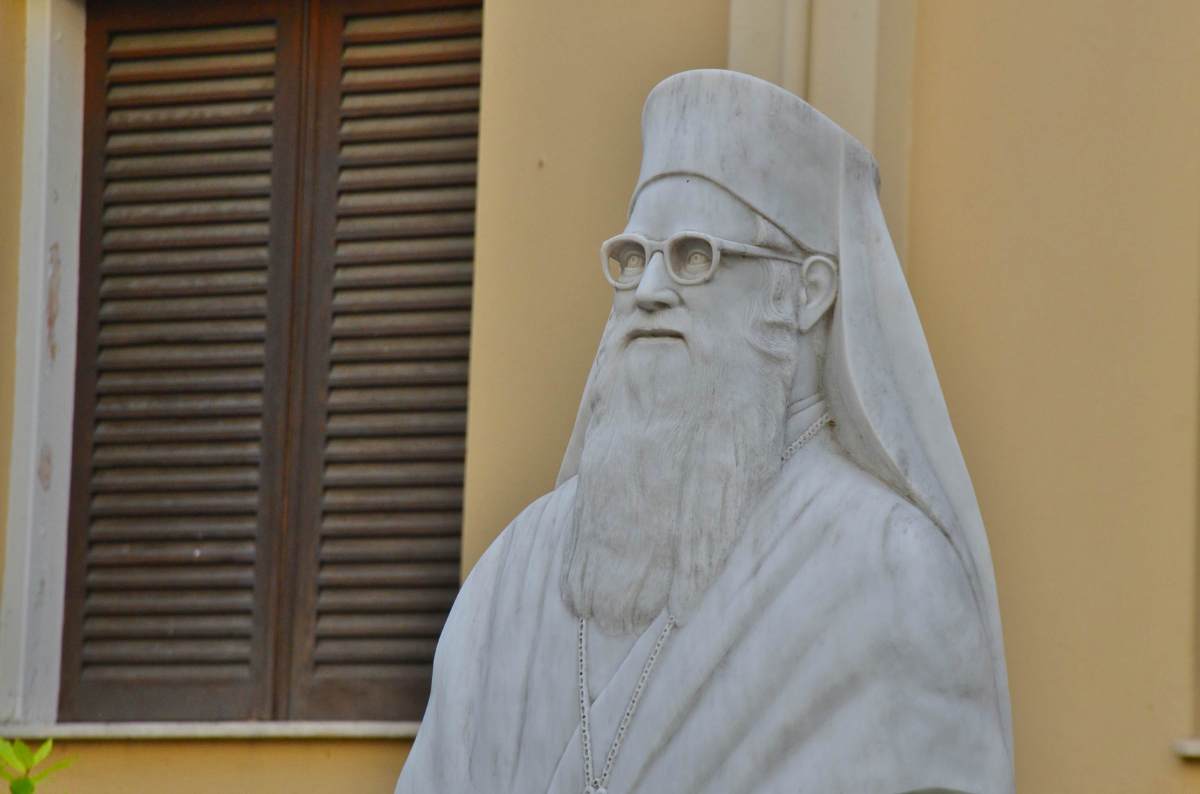So before this dialogue I wrote a post about the music that defined Greece at the time for me. I wasn’t sure what to expect from the country but it sounded like there was a lot of troubles. So the songs I chose reflected that.
Now that I’m here, I don’t think this is a good choice at all. Post-hardcore rock is too slow, with not enough movement. It could be described as zombielike. But in no way is Greece zombielike. Being vibrant and enjoying life seems to be national pastime, whatever the struggles of the present. The adjective lifeless does not apply. That’s for certain.
During the introductory language classes that we attend on weekdays, the teacher introduced us to Marina Satti, playing one of her songs on the screen. She recently released this song.
The streets in the video as well as the people dancing remind me of Thessaloniki. There is so much graffiti and the buildings look similar if not the same. This video could have been filmed on some of the same streets that I’ve been walking for the last two weeks. It might as well have been.
I love this song (and already adore the artist though I heard about her two days ago). The dramatic and building nature of this music appeals to me a lot, and it incorporates eastern rhythms (played on what sounds like bagpipes) into an otherwise contemporary song. The production of the song is slick to be sure (just listen to when and how the synth comes in), but the vocals are in Greek. It doesn’t sound like music that I’ve heard before. This is a Greek interpretation of conventional something quintessentially Greek, and I enjoy it as much as my favorite music back home. The fact that this song exists excites me. I’m a huge fan.
Below is the song the teacher (Maria) originally showed us.
The above song (Koupes) is a modern version of a more traditional Greek tune. It reminds me of Magda Giannikou’s song Yerakina, another modern performance of an old Greek song.
I’ve asked a lot of people about what Greek music means and to be honest I’m still not totally sure (is it more in the history of music unique to Greece and the Balkans or in the modern reinterpretations and mixings of this tradition?). When I figure that out I’ll let you know. In the meantime, listen to Marina Satti.
Header photo by Bradley Fargo. The pictured sculpture was spotted by some building associated with the Orthodox Church. The picture was included because I feel like this man would have liked Marina Satti’s music based only on his expression. He looks like a hip priest. RIP Leonidas Paraskevopoulos.
